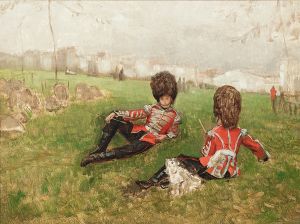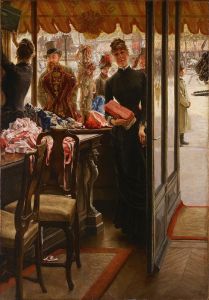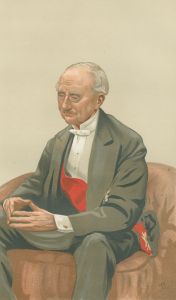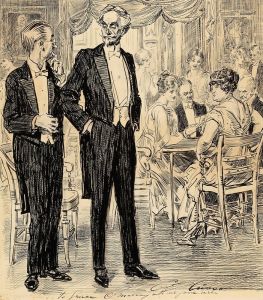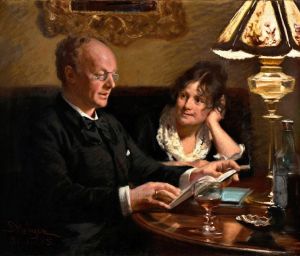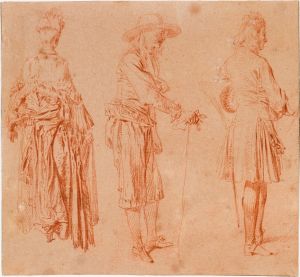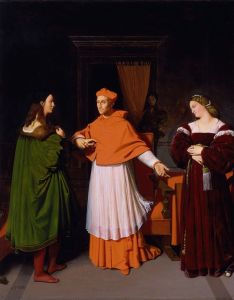
The Proposal
A hand-painted replica of James Tissot’s masterpiece The Proposal, meticulously crafted by professional artists to capture the true essence of the original. Each piece is created with museum-quality canvas and rare mineral pigments, carefully painted by experienced artists with delicate brushstrokes and rich, layered colors to perfectly recreate the texture of the original artwork. Unlike machine-printed reproductions, this hand-painted version brings the painting to life, infused with the artist’s emotions and skill in every stroke. Whether for personal collection or home decoration, it instantly elevates the artistic atmosphere of any space.
James Tissot's painting "The Proposal" is a notable work by the French artist, who was renowned for his detailed and vibrant depictions of contemporary life in the late 19th century. Tissot, born Jacques Joseph Tissot in 1836, was a painter and illustrator who gained prominence for his genre paintings that often captured the social customs and fashions of his time. "The Proposal" is one such painting that exemplifies his keen observation and artistic skill.
Created in the latter part of the 19th century, "The Proposal" reflects Tissot's fascination with the themes of love and courtship, which were prevalent in his oeuvre. The painting is characterized by its meticulous attention to detail and the use of rich, vivid colors, which are hallmarks of Tissot's style. His works often feature elegantly dressed figures in opulent settings, and "The Proposal" is no exception.
In "The Proposal," Tissot portrays a scene of romantic engagement, capturing the moment of a marriage proposal. The painting is set in a lush, garden-like environment, which serves as a backdrop for the intimate interaction between the figures. Tissot's ability to convey emotion and narrative through the positioning and expressions of his subjects is evident in this work. The composition is carefully arranged to draw the viewer's eye to the central figures, highlighting the significance of the moment.
Tissot's background as an artist who straddled both French and British art scenes is reflected in his work. After moving to London in 1871, Tissot became associated with the Aesthetic Movement and developed a reputation for his depictions of fashionable society. His works from this period often explore themes of love, leisure, and the complexities of social relationships, which are also present in "The Proposal."
The painting is part of Tissot's broader exploration of the social dynamics of his time, particularly the roles and expectations of men and women in romantic relationships. Tissot's interest in these themes is evident in the way he captures the subtleties of gesture and expression, allowing viewers to infer the emotions and intentions of the characters.
"The Proposal" is housed in a private collection, which is common for many of Tissot's works, as they were often acquired by private collectors who appreciated his unique style and subject matter. Despite being less well-known than some of his contemporaries, Tissot's work has experienced a resurgence of interest in recent years, with exhibitions and scholarly attention highlighting his contributions to 19th-century art.
Overall, "The Proposal" is a testament to James Tissot's skill as a painter and his ability to capture the nuances of human interaction. Through his detailed and vibrant portrayal of a marriage proposal, Tissot offers a glimpse into the social customs and emotional landscapes of his era, making the painting a valuable piece of cultural history.







